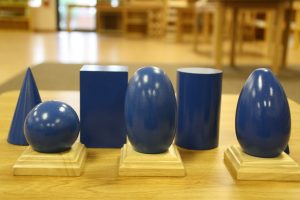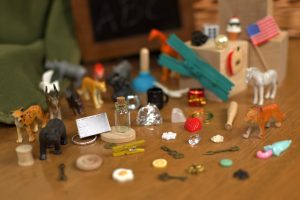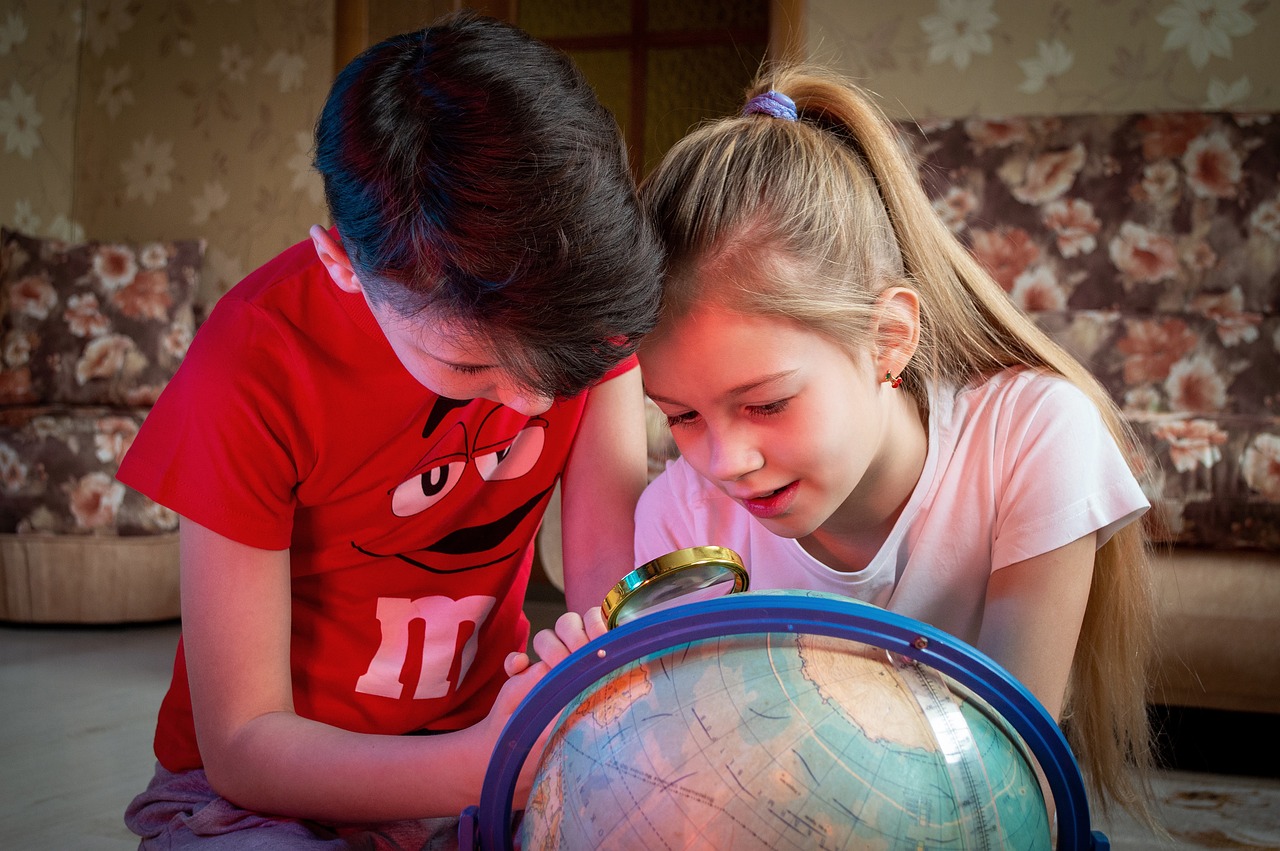Montessori Homeschool Curriculum for Ages 3-6
Not sure what to include in your Montessori homeschool curriculum for ages 3-6? Don’t worry; we’ve all been there! With so many ideas out there, it can be tough (not to mention overwhelming) to know what to include in your Montessori homeschool curriculum.
These ideas will hopefully help you to create a rich and engaging learning environment for your little ones, fostering their natural curiosity and love for learning. We’ll explore various subjects, materials, and activities that align with Montessori principles and cater to the specific needs of kids aged 3-6.

Principles for Montessori Homeschool Curriculum for Ages 3-6
In Montessori, children aged between 3-6 join Children’s House. According to Dr. Montessori’s philosophy, Children’s House falls in the second half of the first plane of development, which she divided into ages 0-3 and 3-6. Throughout the entire first plane, children have an absorbent mind and are particularly sensitive to everything around them, including their surroundings and their peers.
Here are some of the Montessori principles in Children’s House:
Self-Directed Learning
Kids aged 3-6 naturally become more autonomous; they need and want the freedom to explore. In Montessori, children learn by discovery and doing. They learn concepts from working with materials rather than by direct instruction from a teacher. Adults prepare the environment according to the needs of the child, meaning that it is the child’s space to explore freely with autonomy. The adult is there to guide and assist.
Grace and Courtesy
In the second plane of development, kids are becoming more social and aware of those around them. They learn how to make friends, help others, and solve disagreements. Grace and courtesy presentations could be about how and when to say “please” or “thank you” or how to interrupt someone’s work politely; they can cover several different topics. These lessons help kids understand how to appropriately interpret and react in different situations.
Learning from Others
 In all levels of Montessori, you will see mixed ages working together. Mixed-aged classrooms allow kids to learn from others. Older kids can learn about compassion and leadership, while younger kids can learn how to problem-solve through observation and support. Mixed ages environments can also be more accessible and supportive, as the focus is less on age and more on ability, interest, and development.
In all levels of Montessori, you will see mixed ages working together. Mixed-aged classrooms allow kids to learn from others. Older kids can learn about compassion and leadership, while younger kids can learn how to problem-solve through observation and support. Mixed ages environments can also be more accessible and supportive, as the focus is less on age and more on ability, interest, and development.
While a mixed-age classroom isn’t always easy to replicate while homeschooling, homeschooling parents can still find a way to implement this Montessori principle. Children can reap the benefits of mixed-age environments whether they be with their siblings, neighborhood kids, or in an organized homeschool group.
Personal Responsibility
In the Montessori homeschool curriculum, kids are encouraged to take responsibility for themselves, their environment, and others. At ages 3-6, such activities may include self-dressing, setting the table, preparing snacks, tidying up, or reading to a younger child. Through freedom (where children can choose the good or bad route), they also learn about personal responsibility, as our actions always have consequences.
Activities to Include In Your Montessori Homeschool Curriculum for Ages 3-6
Practical Life Activities

Practical life activities for ages 3-6 introduce everyday life skills. These skills include cleaning, washing windows, watering plants, and caring for pets. Caring for the self could be brushing hair, self-dressing, and grace and courtesy to foster healthy relationships.
Sensorial Exploration
 Our five senses help us connect our bodies to our environment. In Montessori, sensorial activities are designed to help kids order and categorize things around them. Activities like exploring different gradients of color, tactile exploration with different textures, and sound and auditory activities are all sensorial. Children can experiment with different tastes and sensations. Other sensory activities include organizing different shapes in size order, building towers with blocks, and sorting through primary colors.
Our five senses help us connect our bodies to our environment. In Montessori, sensorial activities are designed to help kids order and categorize things around them. Activities like exploring different gradients of color, tactile exploration with different textures, and sound and auditory activities are all sensorial. Children can experiment with different tastes and sensations. Other sensory activities include organizing different shapes in size order, building towers with blocks, and sorting through primary colors.
Language Development
Language development is a key hallmark of the first plane of development. In the 3-6 environment, language presentations introduce kids to writing, reading, comprehension, and phonics.
 Many activities help kids get ready for these skills, even practical life. In practical life activities, kids in Western cultures are taught everything from left to right, exactly like we read and write! Materials like sandpaper letters introduce the sounds of the alphabet to kids, while the movable alphabet prepares kids to spell, write, and read by moving the letters to make words. Montessori language development can also include using language miniatures to identify vowel and consonant sounds.
Many activities help kids get ready for these skills, even practical life. In practical life activities, kids in Western cultures are taught everything from left to right, exactly like we read and write! Materials like sandpaper letters introduce the sounds of the alphabet to kids, while the movable alphabet prepares kids to spell, write, and read by moving the letters to make words. Montessori language development can also include using language miniatures to identify vowel and consonant sounds.
Introducing Mathematics
Similar to language, the Montessori method takes a hands-on approach to teaching math. You can include number and quantity recognition activities like counting with everyday objects in your Montessori homeschool curriculum. Explore weight and measurement by baking bread or cakes. Some other ideas could be sandpaper numbers, pattern recognition with fabric swatches, or construction to learn about shapes, balance, and engineering.
Cultural Studies For A Montessori Homeschool Curriculum For Ages 3-6

Kids are innately curious. That’s why they often go through a “why” stage where they question everything you tell them. Nurturing this curiosity is important and can be tailored to each child. You can learn about our planet’s land, air, and water or read books about cultural diversity and how others live, like taking a trip to Japan. Other ideas could be looking at maps and world flags. Equally, you could walk around your neighborhood and observe how others live.
Arts, Crafts, & Music
Art, crafts, and movement don’t have to be a side project in the Montessori curriculum at home. You can fit any form of artistic expression into almost any subject. This could look like scientific diagrams, “thank you” cards for grace and courtesy, listening to music from different genres, or learning how to appreciate art and singing Montessori songs.
Empowering Parents as Montessori Educators
Creating the right Montessori homeschool curriculum for ages 3-6 for your family is a wonderful way to support your child’s independence, curiosity, and love for learning. With any activity, the important part is to use it to inspire your children, their development, and their needs. Simplicity is key! You don’t have to go out and buy all the latest materials. Instead, start slowly, observe, and adjust.




0 Comments